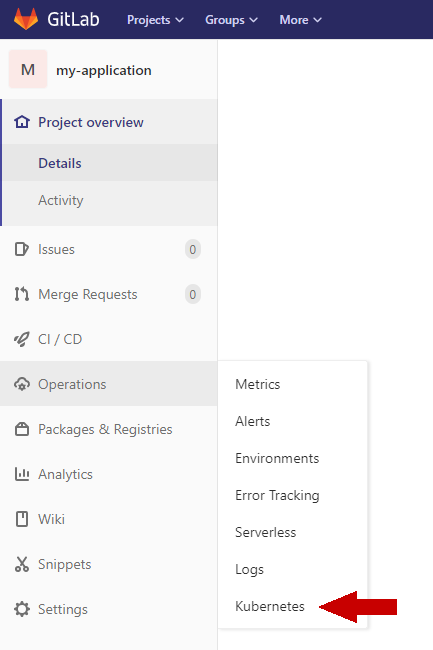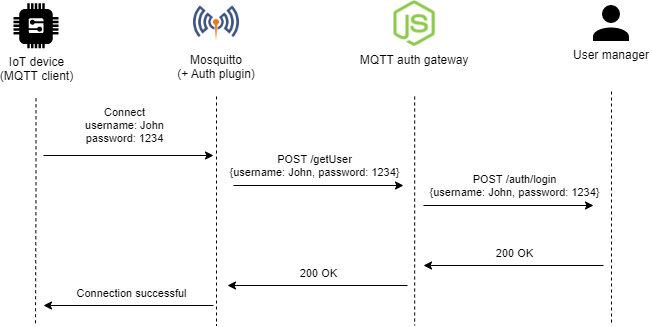Articles
Encrypted Mosquitto broker in Kubernetes

Mosquitto can usually be installed on an Ubuntu server fairly easily using the APT package manager. By Default, the broker handles unencrypted MQTT connections but it can be configured to use SSL certificates obtained, for example, using Certbot and thus enable MQTTs connections. This configuration is usually achieved by editing the Mosquitto configuration file in /etc/mosquitto so as to point to certificates obtained independently. However, when deploying Mosquitto to Kubernetes, one would prefer not to edit configuration files manually after install. Moreover, in Kubernetes, one can use Cert-manager to obtain SSL certificates. Thus, this article presents an efficient method to deploy a secure MQTTs broker in Kubernetes.
"Resizing" a PVC and its PV in Microk8s
With the storage addon enabled, microk8s can automatically provision a PV when a PVC is created. The size of the PV is set according to that of the PVC. However, PVCs cannot be resized after creation. The PVC could be deleted and recreated with a larger size but this would result in the deletion of the PV and, by extension, all the data stored so far in it. This article presents a workaround to resize a PVC and its corresponding PV without any loss of data.
Solving Kong latency problems in Kubernetes

Kong is a popular API gateway that can be used as a reverse proxy for clients to access back-end services. It can be run as a Docker container and, as such, can be deployed to Kubernetes. However, when doing so, requests might be severely impacted by unusually high latency. This can be solved by configuring the order in which Kong resolves DNS records.
Migrating a Kubernetes PV to a new storage class for applications that don't have tar installed

Kubernetes provides an abstraction layer for persistent data storage. Volumes can be of various storage classes depending on user requirements. Those requirements can evolve with time, meaning that volumes sometimes need to be migrated from one storage class to another. This article introduces a method to do so.
GitLab CI Microk8s integration

GitLab provides Kubernetes integration out of the box, which means that GitLab CI/CD Pipelines can be used to deploy applications in Kubernetes easily. This guide presents how to integrate a Kubernetes cluster in a GitLab Project and follows Gitlab documentation. For this particular case, the cluster will be that of a Microk8s Kubernetes distribution.
Multi-user MQTT platform

Mosquitto is usually the first candidate to come to mind when looking for an MQTT broker. However, by default, Mosquitto manages users using a password file. This makes it difficult to easily add or remove users, especially when the broker is deployed in Kubernetes.
Deploying a TensorFlow model on a Jetson Nano using TensorFlow serving and K3s
The Nvidia Jetson Nano constitutes a low cost platform for AI applications, ideal for edge computing.However, due to the architecture of its CPU, deploying applications to the SBC can be challenging. In this guide, we'll install and configure K3s, a lightweight kubernetes distribution made specifically for edge devices. Once done we'll build and deploy an TensorFlow model in the K3s cluster.
Fixing "File locked" Nextcloud errors
When syncing files with NextCloud, some might get stuck in a "locked" state. Here is how to unlock them.
OpenProject in Kubernetes
OpenProject is an awesome project management application that can be installed on one's own server. This makes it ideal for users who want to keep control over their data. However, at the time of writing this article, OpenProject does not yet provide installation methods for Kubernetes so I decided to write my own manifest files.
Distributing a Helm chart on Artifact Hub

Building applications in a microservice architecture has become more and more popular recently. With this design pattern, an application is composed of multiple services that run independently and generally share data across network protocols.